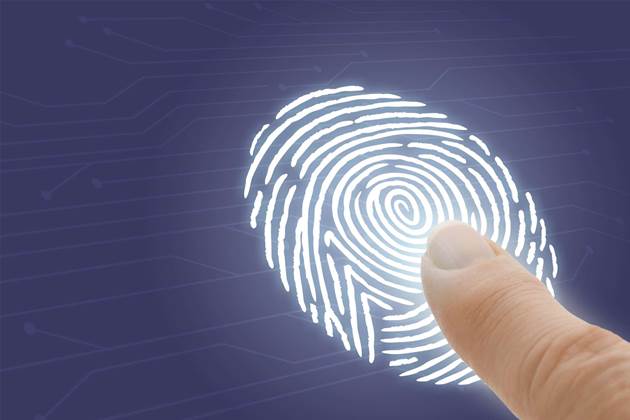Border Force officers at Australia's eight international airports could soon begin using iPhones to verify the identity of overseas travellers of interest in near real-time.

The Department of Immigration and Border Protection has trialled using the devices as portable biometric scanners at Brisbane international airport to replace bulky scanners that it says its officers weren't fond of carrying around.
The technology, or what the department calls Enhanced Biometrics at the Border (EBatB), consists of an iPhone and a physical unit plugged into the base of the device to enable the officer to log on.
It allows roaming frontline officers to identify suspicious non-citizen travellers that have been flagged for an identity check by officers at other international airports.
The department’s identity and biometrics division head Joe Franzi said the devices give officers the capability to “very quickly take a minimum of four fingerprints [from a referred non-citizen], and in less than 60 seconds [run] those fingerprints… against departmental holdings”.
“All the immigration passport information, various name changes, you name it, everything we hold on that person, including their face, comes up on screen for the officer,” he told the GovInnovate conference in Canberra.
It is a process that would otherwise take hours, and involve officers consulting multiple systems and making many phone calls.
The department currently collects biometric information from the visa applicants of more than 40 countries across Europe, Africa, the Middle East and Asia, and has been doing so for the best part of the past decade.
Franzi also said the department was looking at expanding the biometric information at its disposal by “being able to connect up and interrogate law enforcement data holdings”.
The devices are just one of the measures that the department has introduced to identify non-citizen travellers before they reach Australia’s borders.
The federal government last year committed $99.2 million towards an immigration risk system to detect risky visa applicants before they enter the country.
The capability will link up with Australia’s national facial biometrics system being developed by the Attorney-General’s Department, which was recently granted access the drivers’ licence images by state and territory governments.





.png&h=140&w=231&c=1&s=0)




.png&w=100&c=1&s=0)
 Digital NSW 2025 Showcase
Digital NSW 2025 Showcase











_(1).jpg&h=140&w=231&c=1&s=0)



